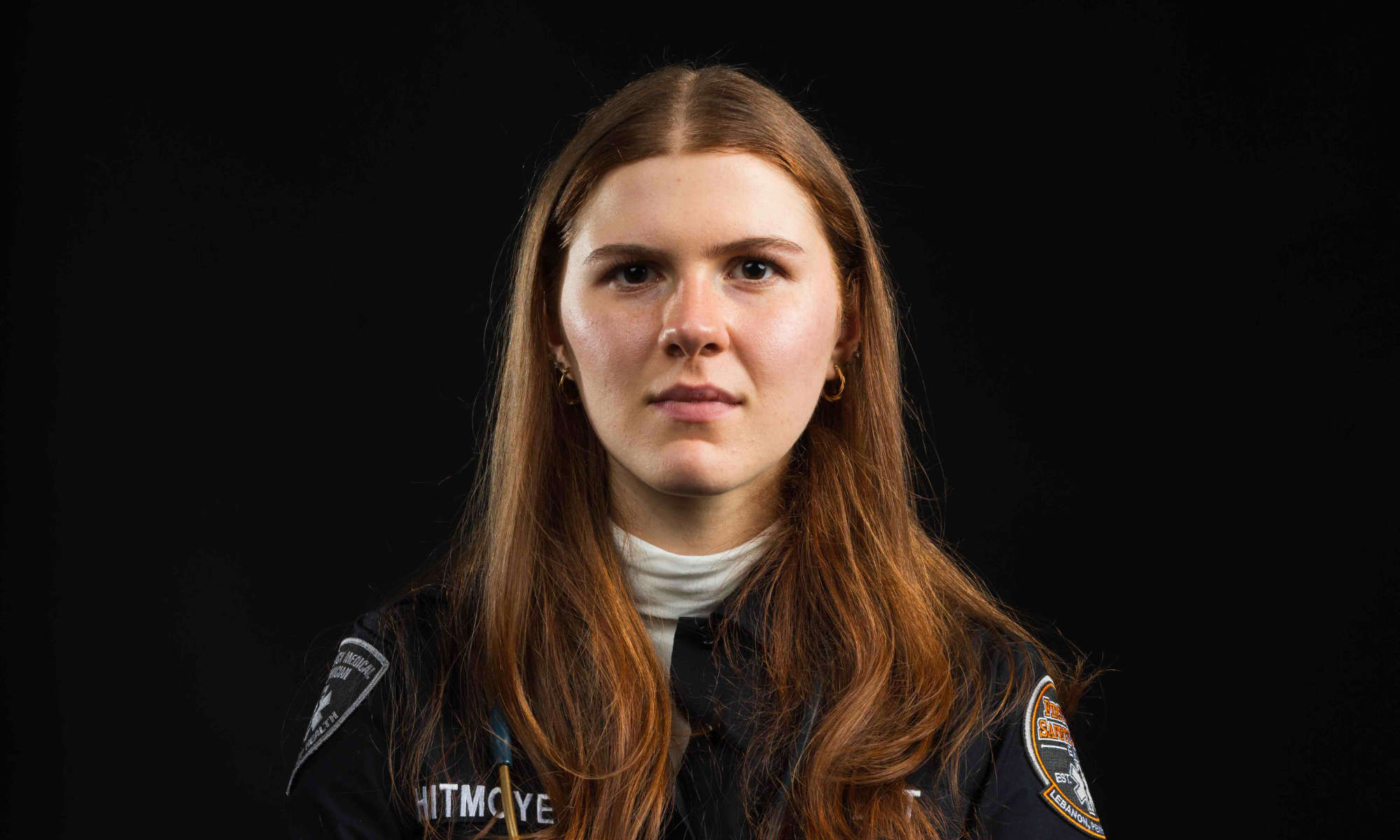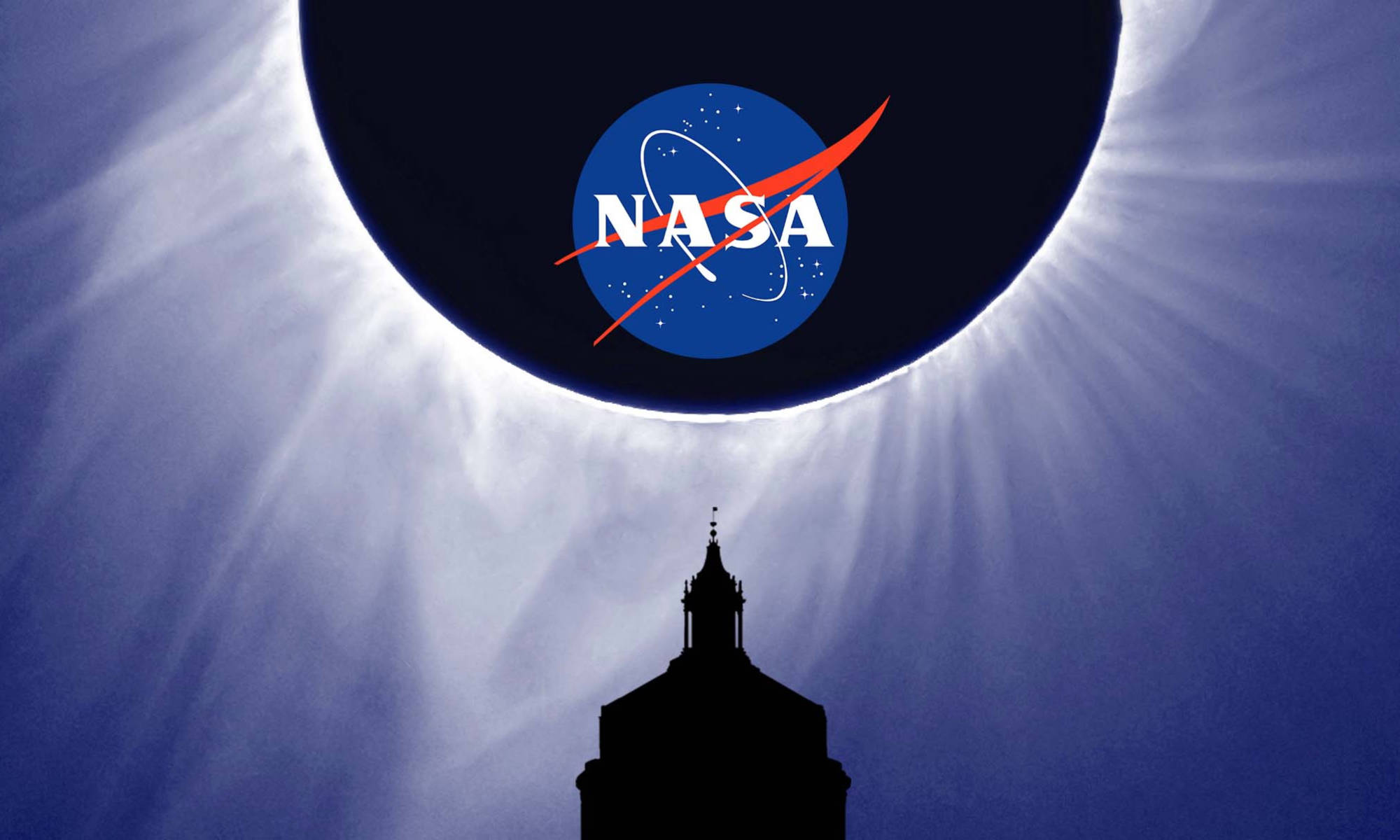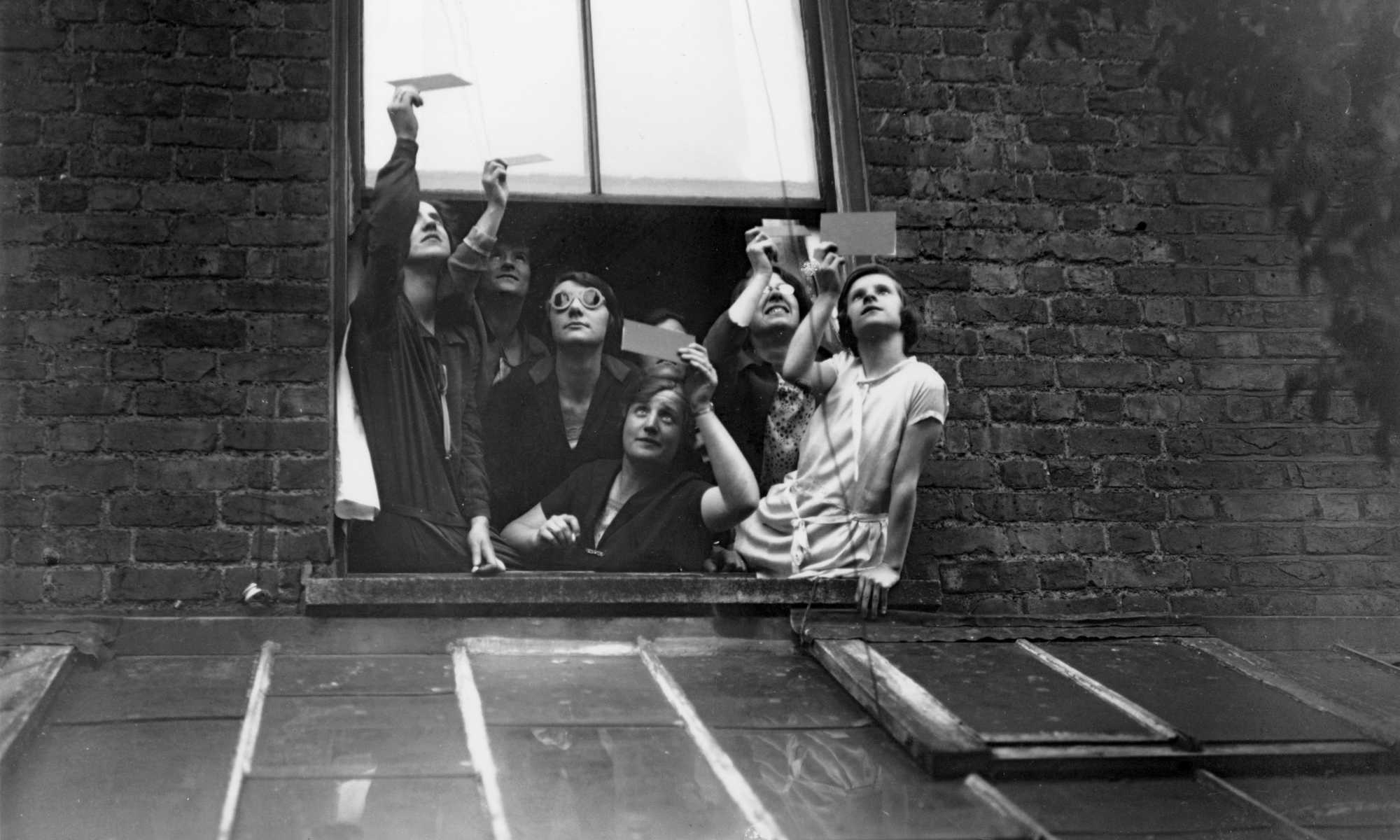Raven Osborn thought long and hard about continuing a PhD at the University of Rochester. Other minority students she knew at the Medical Center had also felt the isolation, the constant “being on edge” and “code-switching”—shifting the way they express themselves—that comes with being an underrepresented minority in a STEM field.
“Can I do this for another five and half years?” she wondered.
Antonio Tinoco, a DREAMer who was born in Mexico and raised in Los Angeles, is a fourth year PhD student in the department of chemistry on the River Campus. He can remember only one or two occasions when a visiting faculty member of underrepresented minority background was invited to give a seminar in his department.
Get involved
To join the University of Rochester chapter of ADSE or learn more, email adserochester@gmail.com
“My goal is to go into academia to be a professor, do research, and teach. But there are so few examples to follow,” he says. “I don’t even know of anyone who, as a DACA recipient or DREAMer, is a professor in chemistry. So, I could easily tell myself nobody has done it; it’s impossible; maybe I should look for something else.”
Instead, Tinoco, Osborn, and five other graduate students have banded together to form the University of Rochester chapter of the Alliance for Diversity in Science and Engineering (ADSE). The mission of the national ADSE, which was founded in 2014, is to increase the participation of underrepresented groups in academia, industry, and government through graduate student organizations that reach out to students and scientists of all ages and backgrounds.
Other ADSE chapters are at the University of California campuses at Berkeley and Davis, the University of Central Florida, the University of Colorado, Columbia University, Drexel University, Georgia Institute of Technology, University Maryland, New York University, Northeastern University, and Texas A&M.
Tinoco, the president and founding member of the new chapter, says its immediate goals are twofold:
- Establish a diversity lecture series to bring underrepresented faculty from other universities to Rochester. “It would be an opportunity for underrepresented minority students here to say ‘Wow, there’s someone out there like me who is making it, so maybe there’s hope for me.’” Underrepresented minority postdoctoral fellows would also be invited, especially ones who might be interested in eventually teaching here, Tinoco says.
- Provide a space where underrepresented graduate students in STEM fields from across the University can meet, network, and hold workshops and panels to openly discuss the issues they face. “If we can openly discuss these things, we won’t feel as isolated,” Tinoco says.
The chapter has been certified by the University and will receive funding through the University’s David T. Kearns Center for Leadership and Diversity. ADSE’s goals fall well within the Kearns Center’s mission to expand the educational pipeline through the doctoral degree for low-income, first-generation college, and underrepresented minority students, says Liz Daniele, the center’s assistant director for graduate diversity.
Inviting underrepresented faculty from other campuses to give a science-based talk, but also give a diversity-themed talk about their academic journey “is a great model,” she says. “And that’s why Kearns is happy to support several semesters of lectures.”
“I think this is exactly the type of thing that the University needs right now,” says Ellen Matson, assistant professor of chemistry, who will be the chapter’s faculty advisor. She, too, is excited about the proposed diversity lecture series—as a way to inspire and motivate students to finish their programs and pursue STEM careers, and also “showcase our research programs and facilities to diverse early-career scientists and post-doctoral research fellows interested in pursuing independent academic research careers.”
“Overall, I think that the University of Rochester community, particularly at the graduate level, will really benefit from having a chapter of the Alliance for Diversity in Engineering and Science on campus,” Matson says.
Osborn, who is serving as the chapter’s treasurer, does not regret her decision to stay at Rochester to pursue a PhD in translational biomedical science. “I’ve been very lucky to work with faculty members like Tim Dye, Steve Dewhurst, and Juilee Thakar,” she says.
Osborn received a medical center community outreach award as a leader in the Rochester Young Scientists Club’s program, which encourages pupils at inner-city elementary schools to start thinking like scientists. She is excited to be serving on the search committee for a new vice president for equity and inclusion at the University.
She is hopeful that ADSE will bring together underrepresented graduate students, now separated by Elmwood Avenue “divide” between the River Campus and the Medical Center and the separate “silos” of their STEM disciplines.
And she agrees with Matson that the University will benefit from having a chapter of ADSE.
“This is an amazing institution, and we have so many resources here. If we can make this a place where people who have different backgrounds feel comfortable, where their different perspectives are welcomed, it can only better the institution as a whole.”



